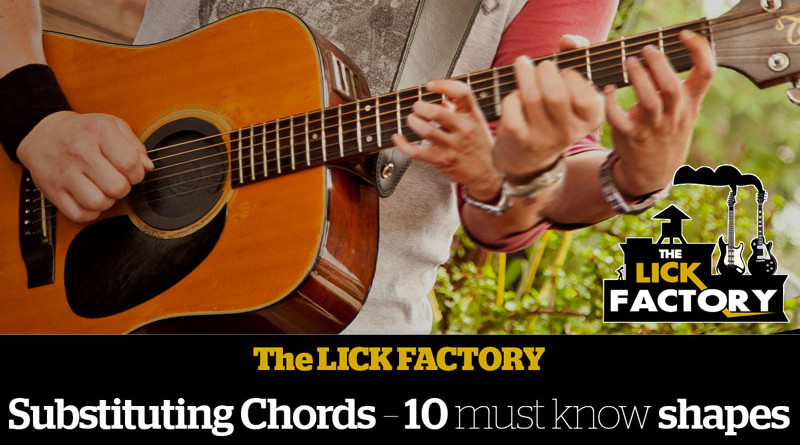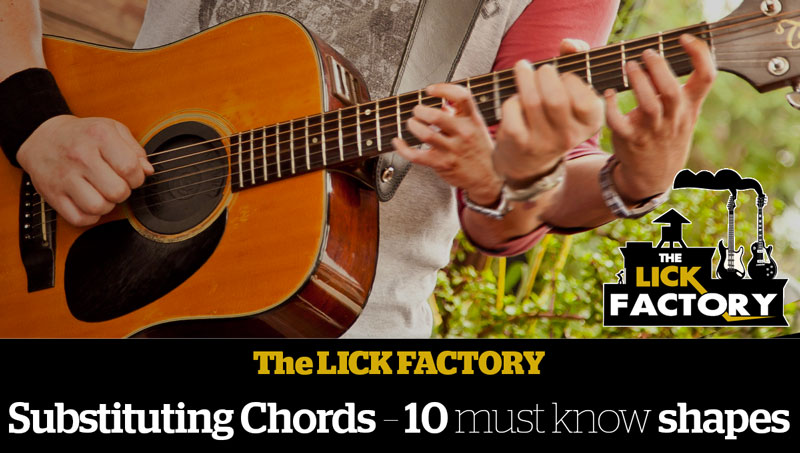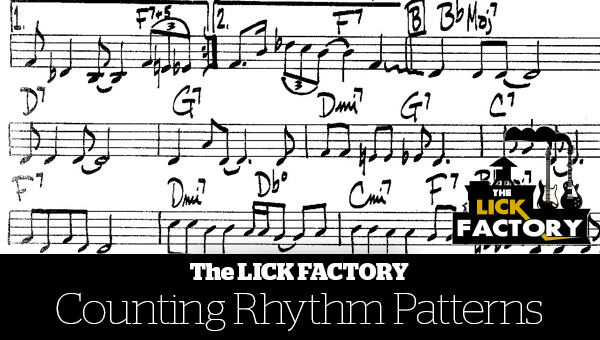Substituting Chords – 10 must know shapes
Substituting chords and chordal improvisation are important parts of my playing technique. Here are my 10 must know chord shapes that will help you orchestrate your chordal playing.
Substituting chords…..why?
Substituting chords and chordal improvisation are important parts of my playing technique. I found that over the years of playing my ear got to a point where I’d be constantly looking for new sounds on chords that I’d known since day 1.
The main reason for substituting chords is the fact that the nature of the guitar doesn’t allow it to be perfectly in-tune for every chord. Without diving too much into mathematical equations, the frets and strings are working together to form a compromise on tuning. Most of the inconsistencies are way to small for almost anyone to hear, but I did find that as my ear developed the Major 3rds in the chords started to bother me a little. To me they never sounded quite right. In actual fact the major 3rd is just a little sharper than it should be if the guitar was tuned with a true temperament system, but on most guitars this is unachievable.
To compensate, what I found myself doing was substituting chords within in a progression to unify the structure better for my own ear. This progressed into looking for chords that would then gel better with the chords that proceeded and followed it. For example on a D – G – A progression, I might play a Dsus2 – Dsus4 – G – Gsus2 – Asus4 – Asus2.
This would create a moving melody line within the chord shapes as well as creating some basic counter melodies with the other notes of the chords. It could only really be described as orchestrating the chord changes rather than playing chord positions. Every note within each chord had a role to play and I wanted to feature as many of these nuances as I could, without sacrificing the overall tonality and key centre of the progression.
Over the years students and other players have consistently approached me to pass on my ‘secret substituting chords technique’. The truth of the matter is there is no secret. My whole process is about listening. You need to not only hear what you are doing and how you orchestrate your own chord progressions, but how you’re approach is also sitting within a live band or recording scenario. Although the dissonance of a straight major chord bothers me, there’s times when that’s exactly the chord I should play.
So taking listening as the key skill out of the equation, I identified two things that a player must know when substituting chords or orchestrating their chord progressions in real time.
1. You need to know each chord in as many positions as possible.
2. You need to know what chords are available to you when substituting chords in a progression.
To get you started on this process, I give you my 10 favourite shapes that I use when substituting chords. So grab your guitar, your favourite song and start experimenting!
Substituting Chords – The Shapes

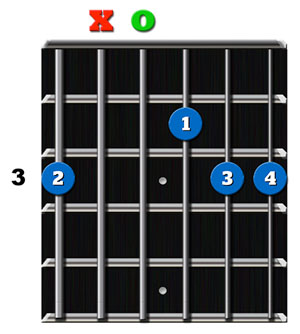
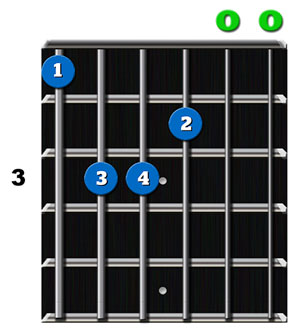
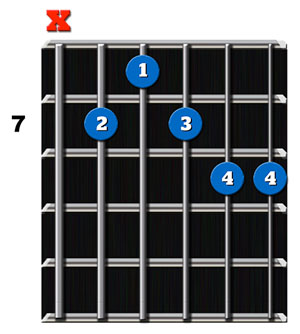

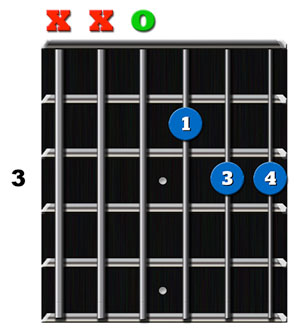
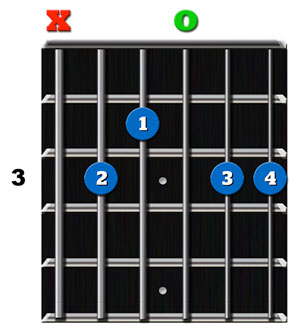
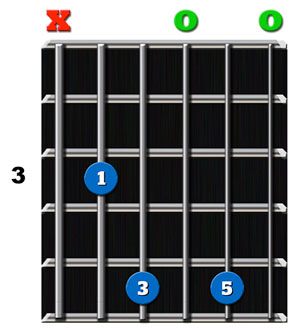
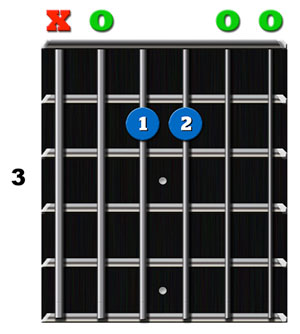
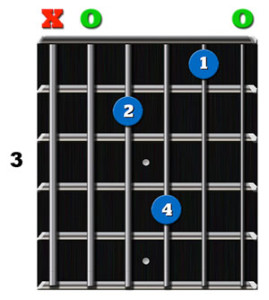
Who’s your Teacher?
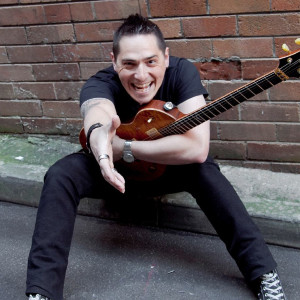
Kris Petersen is a name that has become synonymous with the Australian Music Industry. From clubs to stadiums, Kris has performed on every continent in the world and shared the stage with some of the world’s greatest artists.
In the last few years alone, Kris has performed with, or alongside Alice Cooper, Aerosmith, Orianthi, Van Halen, Billy Joel, Matt Sorumn (Guns n Roses), Eric Martin (Mr. Big), The Drifters, Tony MacAlpine, Buckcherry, Daryl Braithwaite, The Living End, Icehouse, Marcia Hines, The Screaming Jets, The Choirboys, Mental As Anything, Bruce Kulick (KISS), Leo Sayer, Pretty Boy Floyd and many more… read more

